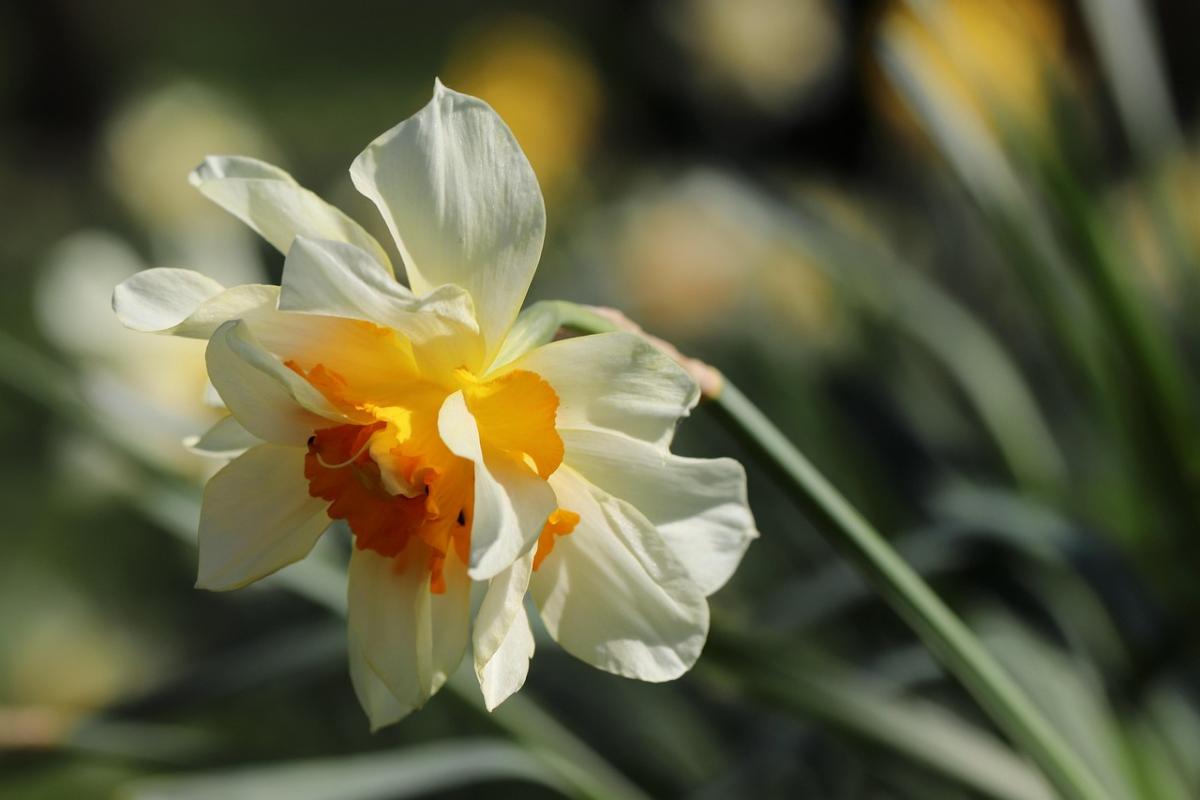I Am Connected to All Living Things: Understanding the Interconnected Web of Life
The complexity of life on Earth reveals a remarkable truth: all living beings are connected. Whether through the air we breathe or the food we eat, every organism is part of an intricate web. This article will explore the profound connections among species, ecosystems, and the impact of human actions on this delicate balance.
The Biological Web: A Symphony of Interdependence
Life exists through various relationships that highlight interdependence. These relationships include:
- Mutualism: Both species benefit, like bees and flowers.
- Commensalism: One benefits while the other is unaffected, such as barnacles on whales.
- Parasitism: One organism benefits at the other’s expense, like ticks on mammals.
In coral reefs, it is estimated that at least 75% of marine species rely on symbiotic relationships for survival. Loss of biodiversity threatens these connections, destabilizing ecosystems. A study by the National Academy of Sciences shows that a decline in biodiversity can reduce ecosystem function by 50% or more.
Food webs and trophic levels
Food webs illustrate how energy flows between organisms. For example, consider a meadow:
- Grass (producer)
- Grasshoppers (primary consumer)
- Frogs (secondary consumer)
- Snakes (tertiary consumer)
- Hawks (quaternary consumer)
This web shows how the loss of a single species affects the entire system, impacting everything from plant life to apex predators.
The Carbon Cycle: Our Shared Breath
Carbon is vital for life. The carbon cycle describes how carbon moves through the environment:
- Photosynthesis: Plants absorb CO2, using sunlight to create energy.
- Respiration: Animals consume plants, releasing CO2 back into the atmosphere.
Human activities drastically affect this cycle. In 2022, global CO2 emissions reached over 36 billion tons, directly influencing climate change. Rising temperatures disrupt ecosystems, causing habitat loss and species extinction.
Mitigation strategies
Individuals and communities can take action to combat climate change:
- Reduce energy consumption.
- Support renewable energy sources.
- Plant trees and support reforestation efforts.
- Reduce waste and recycle whenever possible.
The Water Cycle: A Shared Resource
Water is essential for all living things. It plays a crucial role in maintaining life and supporting biological processes. But water systems are interconnected. Pollution in one area affects multiple ecosystems, from rivers to oceans.
The impact of water pollution
Polluted water can devastate marine life. For example, in areas with agricultural runoff, nutrients can create dead zones in oceans where life cannot thrive. Over 245 marine species are threatened by these conditions.
Water conservation practices
Simple actions can make a difference:
- Fix leaks in your home.
- Use water-efficient appliances.
- Collect rainwater for gardening.
The Mycorrhizal Network: The Underground Internet of Trees
Mycorrhizal fungi form a critical connection between tree root systems. These fungi help trees share nutrients and communicate with each other. Dr. Suzanne Simard, a renowned mycologist, states, “Trees are social beings. They use networks to communicate, sharing resources and even warnings about threats.”
Communication and resource sharing
Trees send messages through these networks, alerting others to dangers like pests. Studies show that trees connected by mycorrhizal fungi can enhance their resistance to stress, promoting forest health.
Implications for forest health and resilience
Healthy mycorrhizal networks improve biodiversity and ecosystem stability. Areas with robust networks are more resilient to diseases and climate impacts.
Human Connection to the Web of Life: Responsibility and Action
Human activities significantly impact biodiversity. Deforestation, pollution, and climate change disrupt delicate balances. As stewards of the earth, we have an ethical responsibility to protect our planet.
Our ethical responsibility towards nature
Each of us must consider how our actions affect the environment. This includes:
- Being mindful of waste.
- Supporting sustainable products.
- Advocating for environmental protection policies.
Practical steps for fostering connection and responsibility
To foster a deeper connection with nature:
- Spend time outdoors.
- Support local conservation efforts.
- Educate others about environmental issues.
Conclusion: Embracing Our Interconnectedness
Recognizing our connections to all living things is crucial for a sustainable future. The key takeaways from this exploration outline how all life is intertwined, showcasing the importance of biodiversity and the impact of human behavior.
Now is the time to reflect on your connection to nature. Consider the actions you can take to support a harmonious relationship with our planet. Imagine a future where humans coexist peacefully with nature, thriving together in a balanced world.



